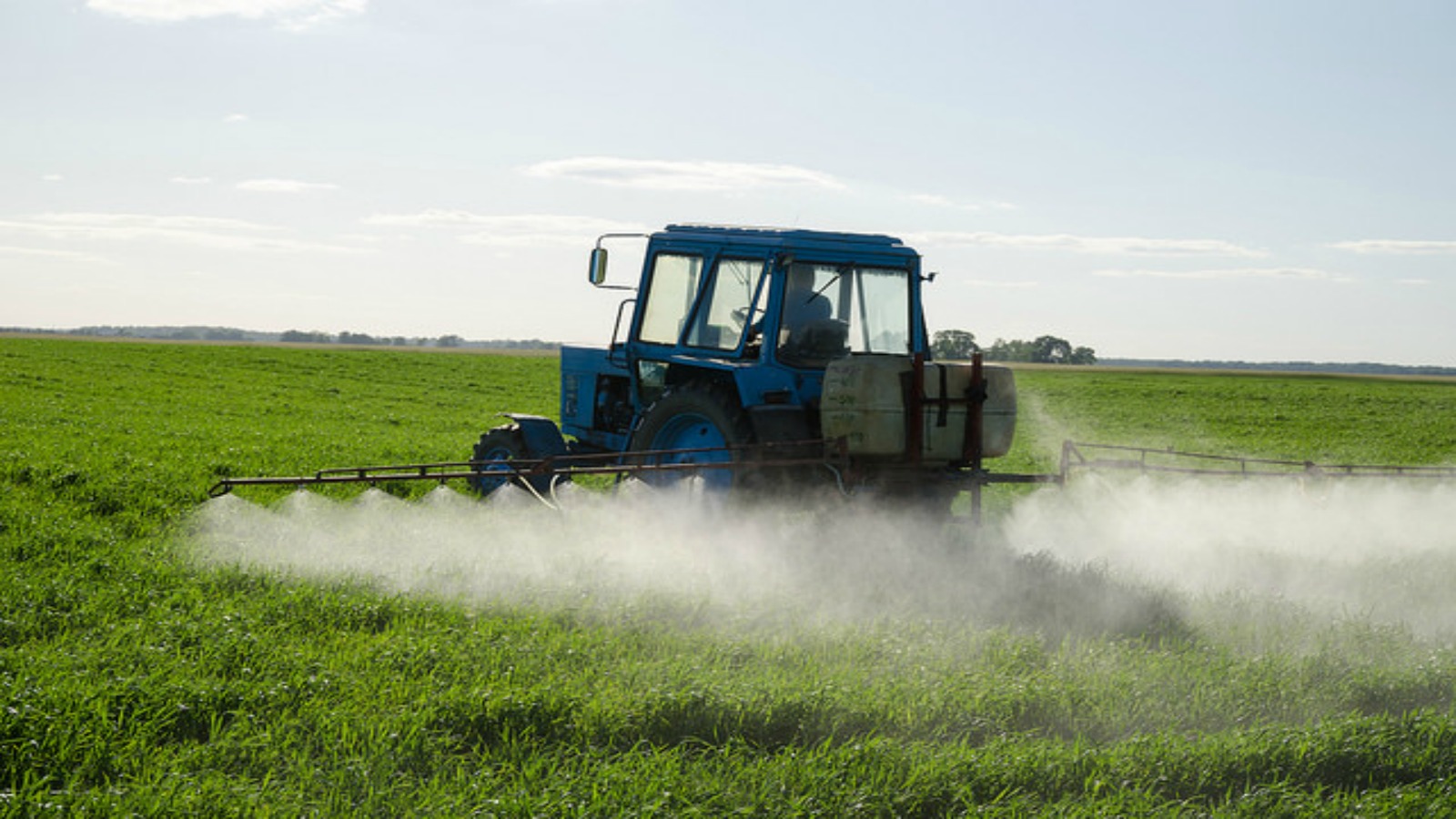A battle between the U.S. government and a chemical giant revealed a fundamental flaw in the way we control pesticides — one that could be allowing thousands of unsafe chemicals to go undetected.
In a rare show of regulatory muscle, the Environmental Protection Agency (EPA) issued a Notice of Intent on Tuesday, announcing that it planned to cancel the sale of products that included a pesticide called flubendiamide as an active ingredient. The EPA has been monitoring these products, manufactured mainly by the company Bayer CropScience LP (and also by the smaller Japanese company Nichino America, Inc.), over the past few years. Studies have shown the pesticide was breaking down into a different, more deadly compound that was killing mussels and other invertebrates that fish rely on for food — a problem that the agency deemed serious enough to warrant the banning of all products of its kind.
The EPA’s move to ban the products is a novel one, and could signal a change in the way it regulates pesticides, particularly with issuing “conditional registrations,” a loophole that allows pesticides that have not undergone otherwise required safety testing to enter the market. Conditional registrations aren’t uncommon at all — according to a 2013 report released by the Natural Resources Defense Council, as much as 65 percent of more than 16,000 pesticides were first approved by the EPA for the market by way of conditional registrations.
David Epstein, a senior entomologist at the USDA’s Office of Pest Management Policy, says that these conditional registrations exist to aid growers of crops like vegetables, fruits, and nuts keep away pests. And in theory, they can be a beneficial aid to help smaller growers — but the process isn’t perfect.
“It’s a risk-benefit analysis,” Epstein told Grist, explaining that registrants are evaluated for risk in terms of things like human health, environmental safety, and non-target effects, and then they weigh the pesticide’s potential benefits to farmers. Epstein said that flubendiamide, a pesticide he’s used himself on crops, is an important tool for farmers to keep away harmful pests. The conditional registration process, he said, is a way to help growers get pesticides like these more quickly.
“It’s an evolving process,” he said. “Mistakes are made and corrected, and then we and move on.”
But there’s a big problem, according to Nathan Donley, a staff scientist at the Center for Biological Diversity and an expert on pesticide regulations.
“The EPA has no way of tracking these conditional registrations,” he told Grist. “During the normal regulatory process, the public can review docs and comment. But in conditional registration, it all happens backdoor; the public doesn’t get to see.”
Donley argues that the fundamental concept of conditional registration is flawed, and should be shut down until the EPA can better regulate pesticides.
“There’s more than enough pesticides on the market,” said Donley. “If a chemical company can’t demonstrate that its pesticide is safe, then that pesticide shouldn’t be on the market.”
The latest flubendiamide news is only the most recent skirmish in a battle that’s been brewing for months between Bayer, a German chemical giant worth $42 billion that produces the pesticide under the trade name Belt, and the EPA. It all began back in 2008, when the EPA issued a conditional registration for flubendiamide — the chemical was legal to manufacture, but only under the condition that the companies must produce toxicity data on the impact of its use over the next few years, to fill in gaps in the original risk assessment. The EPA gave Bayer a generous five years to conduct scientific studies to prove that flubendiamide is safe for aquatic invertebrates, or the pesticide would have to go. Bayer agreed that it would voluntarily cancel the products if these stipulations weren’t met.
Seven years later — two years longer than expected — studies conducted by the EPA found that flubendiamide was having adverse effects on aquatic invertebrates. In January, the EPA gave Bayer the sign: a notice that, as they had agreed, Bayer must withdraw its flubendiamide pesticides. But last month, Bayer flat-out refused. In a statement, the company said that it “instead will seek a review of the product’s registration in an administrative law hearing,” asserting that the product was safe. It was a bold move, one that triggered outrage among environmentalists, many of whom demanded that Bayer play by the rules.
Now, it’s a stalemate, with EPA demanding flubendiamide products be banned, and Bayer resisting. But the damage, unfortunately, is already done. In California alone, 42,495 pounds of flubendiamide were sprayed onto 521,140 acres in 2013. In some places, it was applied six times in one year, misted over crops like soybeans, alfalfa, watermelon, almonds, peppers, and tobacco. In many cases, the EPA asserts, it was also being sprayed over wildlife.
The EPA’s notice to Bayer is out in the open, but flubendiamide isn’t leaving yet. According to NPR, Bayer is demanding a hearing before an administrative law judge before it makes any moves. The case has provoked renewed questions about what role the EPA should — and shouldn’t — play in pesticide regulations, and how to prevent unsafe chemicals from being unleashed on the planet.



